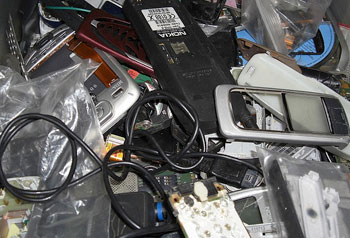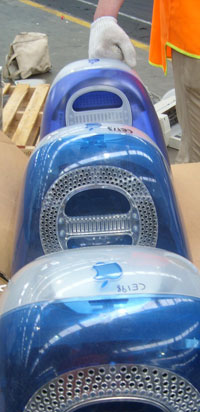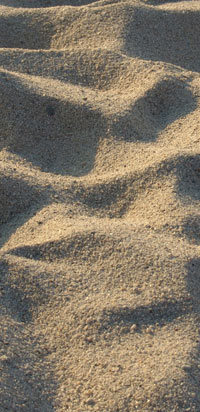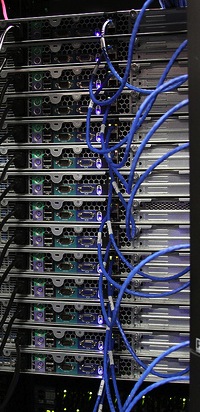
 Just as MIT researchers were tracking the far-flung travels of discarded American phones and PCs, the Obama administration announced new — but voluntary — guidelines to staunch the flow of e-waste to dumps in developing countries.
Just as MIT researchers were tracking the far-flung travels of discarded American phones and PCs, the Obama administration announced new — but voluntary — guidelines to staunch the flow of e-waste to dumps in developing countries.
One study found that global e-waste volume topped 53 million tons in 2009. And while only 13 percent of that amount was recycled, revenues in the growing e-waste processing industry may top $14 billion globally by 2014.
We tend to focus on the health effects of deconstructing electronics but overlook all the environmental and health effects from manufacturing them. Problems begin with natural resource extraction, such as coltan mining in Congo, move to working conditions at assembly plants like Foxconn in China, and end up with poor people in Ghana or Guizhou burning away plastic coatings from e-waste with no health protections. On the positive side, many gadgets have a second or even third life. But this issue isn't going away anytime soon. The new federal effort is just a first step — and not a very large one. Companies such as Intel are already pre-qualifying reputable recyclers because that is what their customers demand. That said, mandatory rules will be vital to ensure fewer abuses.
Riches among us: It's intriguing to note that many of us are now carrying around in our smartphones, laptops, and televisions more precious metals, jewels, and other rarities than many aristocrats had access to in previous centuries.
Notable quote: “There is no excuse not to know where things come from and what they're made of, especially if you're buying them," said Leonardo Bonanni, founder of Sourcemap.org. In other words, responsible consumers should learn where their devices come from prior to purchase as well as where they go at end of life.
Read more
Backtalk is the name of a video documenting MIT’s experiment to tag technological trash with GPS chips and track it across the globe. Its creators argue that if we could see where our trash ends up, we’d be motivated to improve the situation. Adam Williams, a graduate student studying recycling in China, disagrees with their premise. Without financial incentives that puts money in people’s pockets for recycling responsibly, he bets large-scale change won’t happen.
An ongoing problem: The MIT team presents inefficiencies in electronic waste recycling in a tech-savvy way, but it is far from the first group to identify this problem. It’s unclear what it will take to motivate governments and citizens to fix a wasteful, polluting system.
I was surprised to learn ... that tagging trash can be an effective way to increase transparency in the garbage and recycling business as well. People at recycling plants gave probabilistic answers about where different types of trash end up based on the general path most refuse follows. But by tracking individual items, Assaf Biderman, associate director at Senseable lab, found that some of it ends up in unexpected places.
Read more
| Tweet This Page |










